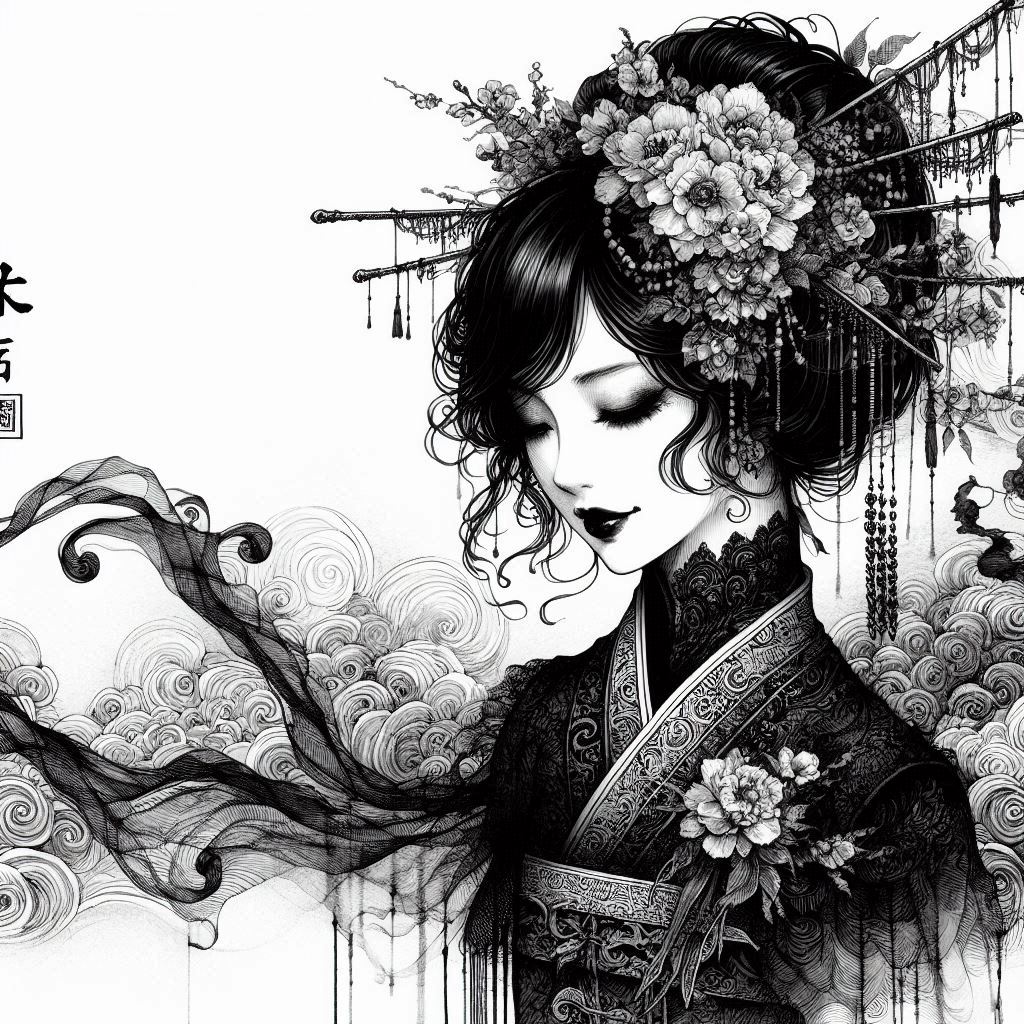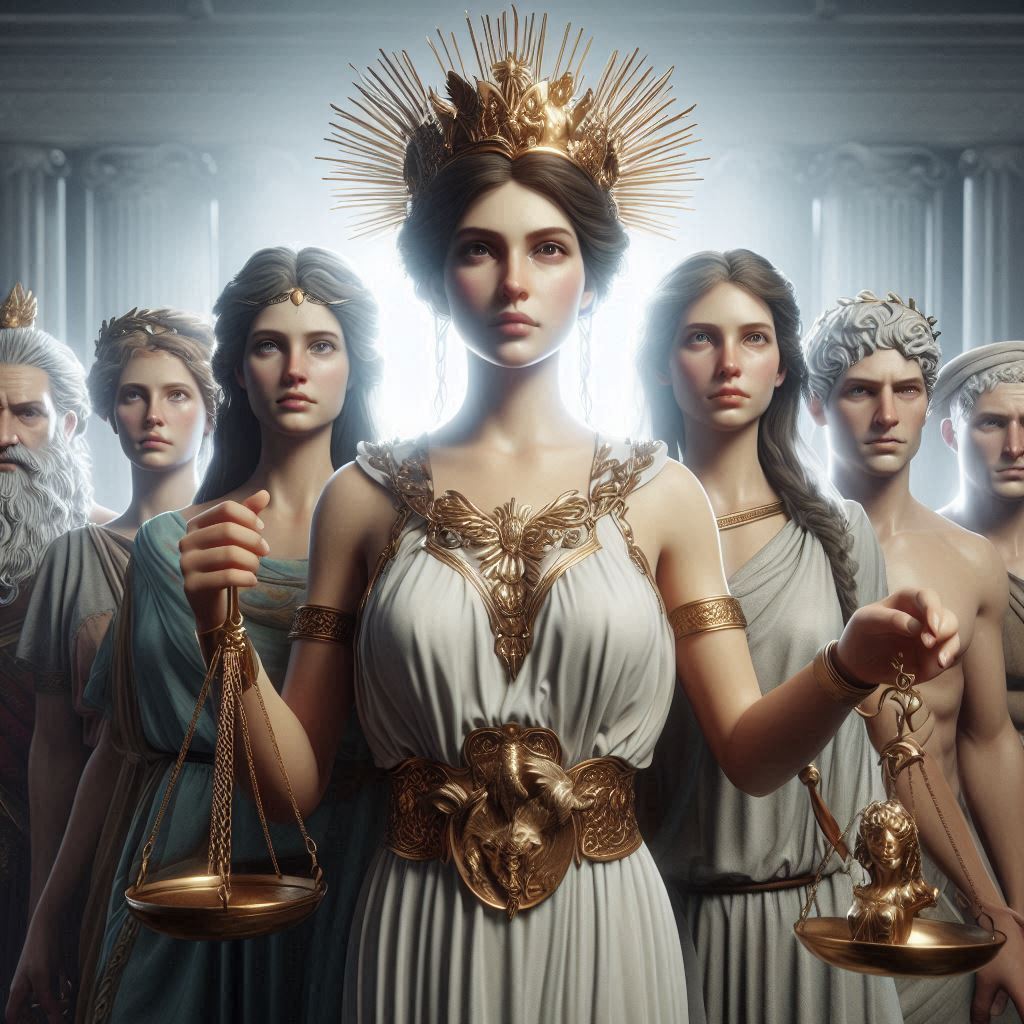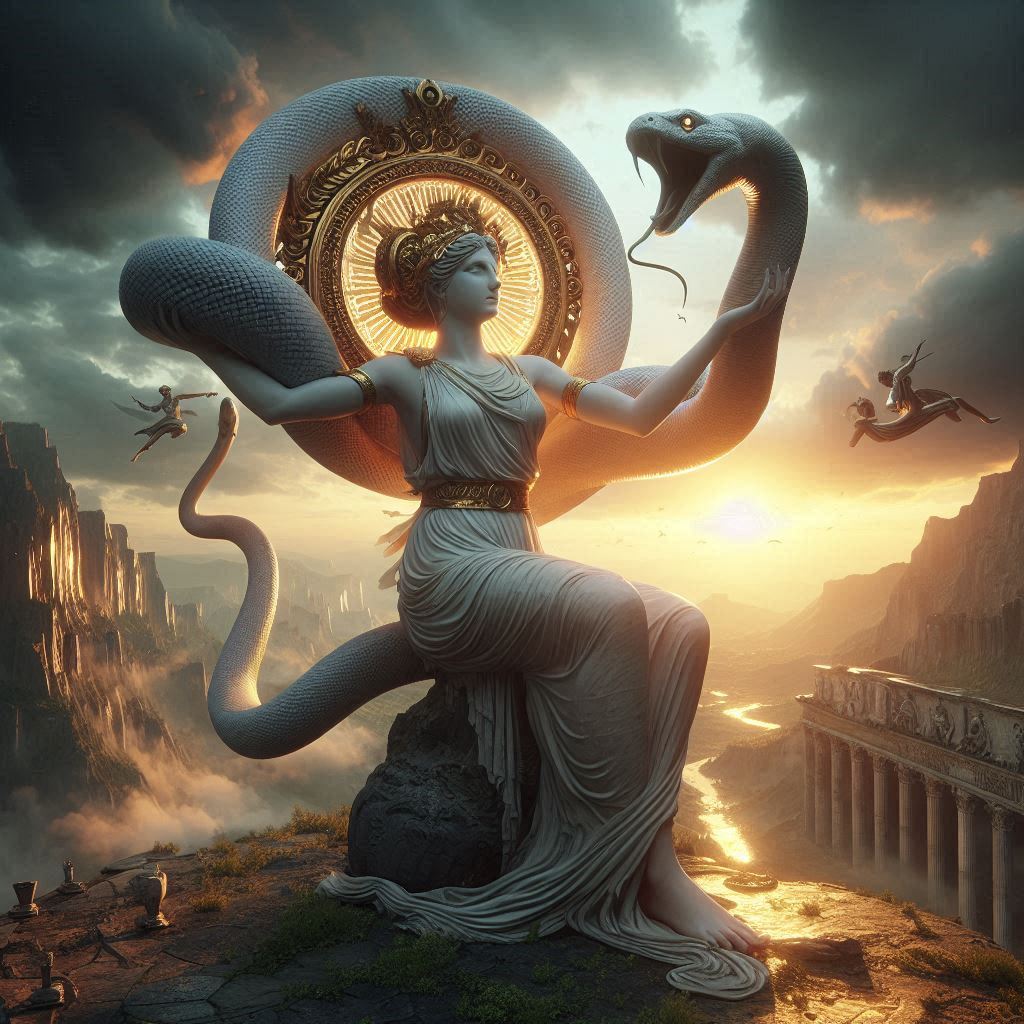Table of Contents
The Korean Drama Blueprint: Innovation, Formula, and Emotional Resonance in Modern Writing
The global ascent of Korean drama, often called the “Korean Wave” or Hallyu, is one of the most significant cultural phenomena of the 21st century. While factors like production value and charismatic actors contribute to this success, the true backbone lies in the distinct art of modern Korean drama writing. These writers, often working as singular “star writers” with significant creative control, have mastered a unique alchemy. They blend established narrative formulas with bold genre hybridization, all while maintaining a profound focus on character-driven emotional truth. The result is a storytelling model that is both comfortingly familiar and thrillingly innovative, captivating audiences from Seoul to São Paulo.

The Architectural Foundation: The 16-Episode Format and the “K-Drama Formula”
A fundamental element shaping modern K-drama writing is its standard structure. Unlike the open-ended, multi-season series common in the West, most K-dramas are designed as self-contained, single-season stories, typically spanning 16 episodes of 60-90 minutes each. This limited series format has a profound impact on the writing. It demands a tightly plotted narrative with a clear beginning, middle, and end, forcing writers to be economical and purposeful with every scene. There is no room for “filler” episodes; each installment must advance the plot or deepen character development.
Within this structure, a recognizable “formula” often emerges, which writers both use and subvert. Key elements include:
- The Meet-Cute and Contract: Many romantic comedies begin with a memorable, often antagonistic, first encounter between the leads, quickly followed by a “contract” (e.g., a fake relationship, a business deal) that forces them together.
- The Piggyback Ride of Vulnerability: A iconic trope where the male lead carries the female lead, symbolizing care and a breakthrough in emotional barriers.
- The 8th Episode Kiss: A well-known benchmark where the central romantic tension typically culminates in a significant kiss, marking the story’s midpoint shift from courtship to facing external conflicts.
While these tropes may sound clichéd, skilled writers use them as a familiar framework upon which to hang unique characters and surprising plot twists, creating a sense of comforting predictability punctuated by genuine surprise.
Genre Fusion: The Dismantling of Narrative Boundaries
Perhaps the most distinctive feature of modern K-drama writing is its fearless genre hybridization. Writers routinely blend elements from disparate genres within a single show, refusing to be confined by traditional labels. A drama can seamlessly begin as a slapstick comedy, transform into a gripping thriller, and deliver a poignant romantic moment, all within a single episode.
This fusion is a key strategy for maintaining narrative momentum and audience engagement over the 16-hour runtime. For example:
- Crash Landing on You (2019): A high-concept romantic melodrama that is equally a political thriller and a fish-out-of-water comedy.
- Hotel del Luna (2019): A supernatural horror fantasy about a ghost-inhabited hotel that is also a deeply moving character study about grief, redemption, and love.
- Vincenzo (2021): A dark revenge thriller that incorporates brutal violence, systemic corruption, and absurdist comedy centered around a community of quirky tenants.
This blending keeps viewers perpetually off-balance, ensuring that the story never becomes predictable. It allows writers to explore profound themes—like class inequality, trauma, and justice—within an accessible and entertaining package.
Character-Centered Storytelling: The Pursuit of Emotional Authenticity
Beneath the fantastical plots and genre-bending antics, the most powerful ingredient in a K-drama is its unwavering focus on character and emotional authenticity. Modern K-drama writing excels at creating complex, flawed, and deeply human characters. The central protagonists are rarely one-dimensional heroes; they are often grappling with significant trauma, personal failings, or societal pressures.
The narrative investment is in their emotional growth and healing. The romantic relationships are built not just on attraction, but on mutual understanding, support, and shared vulnerability. This is epitomized by the concept of healing dramas, like It’s Okay to Not Be Okay (2020), where the core plot is the psychological healing of the main characters through their connection with each other. The dialogue is crafted to reveal inner turmoil and build empathy, making the audience deeply care about the characters’ fates. This emotional resonance is the primary hook that transcends cultural and linguistic barriers.
Cultural Specificity as a Global Strength: Han and Jeong
A common assumption is that international success requires cultural dilution. Modern K-drama writing proves the opposite: its global appeal is deeply rooted in its specific Korean cultural context. Writers subtly weave in uniquely Korean concepts that provide a fresh emotional landscape for global audiences. Two key concepts are:
- Han: A complex feeling of unresolved resentment, grief, and sadness born from historical collective suffering. This often forms the emotional backstory of a character, driving their motivations with a profound sense of melancholy.
- Jeong: A deep, ineffable bond of affection, loyalty, and camaraderie that develops between people over time. It explains the intense, family-like connections between characters who are not related by blood, such as coworkers, neighbors, or even rivals.
By grounding their stories in these authentic cultural emotions, writers create narratives that feel specific and genuine. This specificity, in turn, makes the universal themes of love, loss, and redemption feel more profound and relatable to a global viewership hungry for authentic stories.
Conclusion: The Thoughtful Craft of the Well-Told Story
In an era of fragmented attention spans and endless content, the success of modern Korean drama writing is a testament to the enduring power of thoughtful, character-driven storytelling. It is a craft that respects its audience’s intelligence and emotional capacity. By mastering a structured format, daringly fusing genres, prioritizing emotional depth, and embracing cultural specificity, K-drama writers have not only created a dominant export but a new global standard for television narrative. They prove that a well-told story, built on a foundation of human connection, is the most universal language of all.


No responses yet